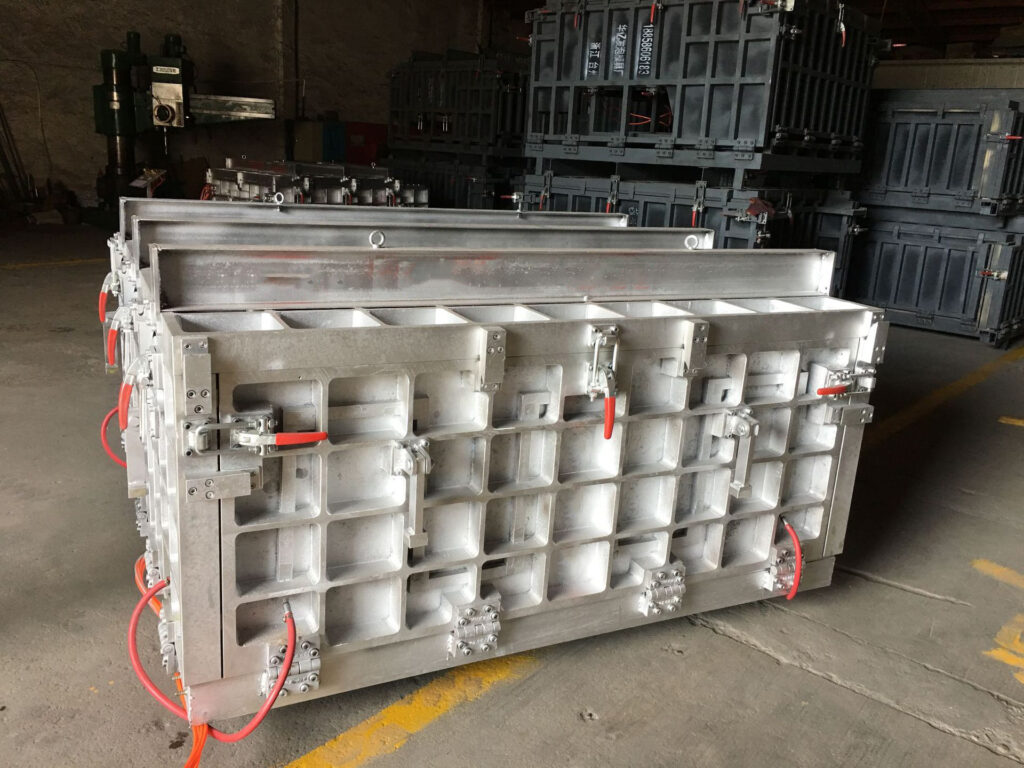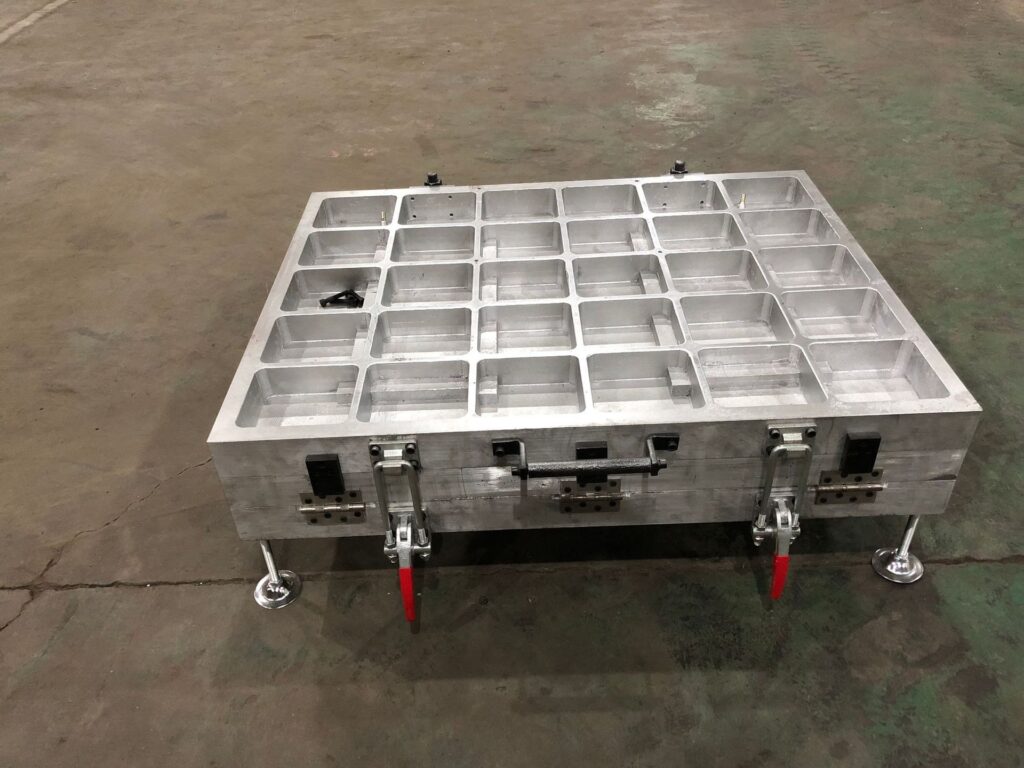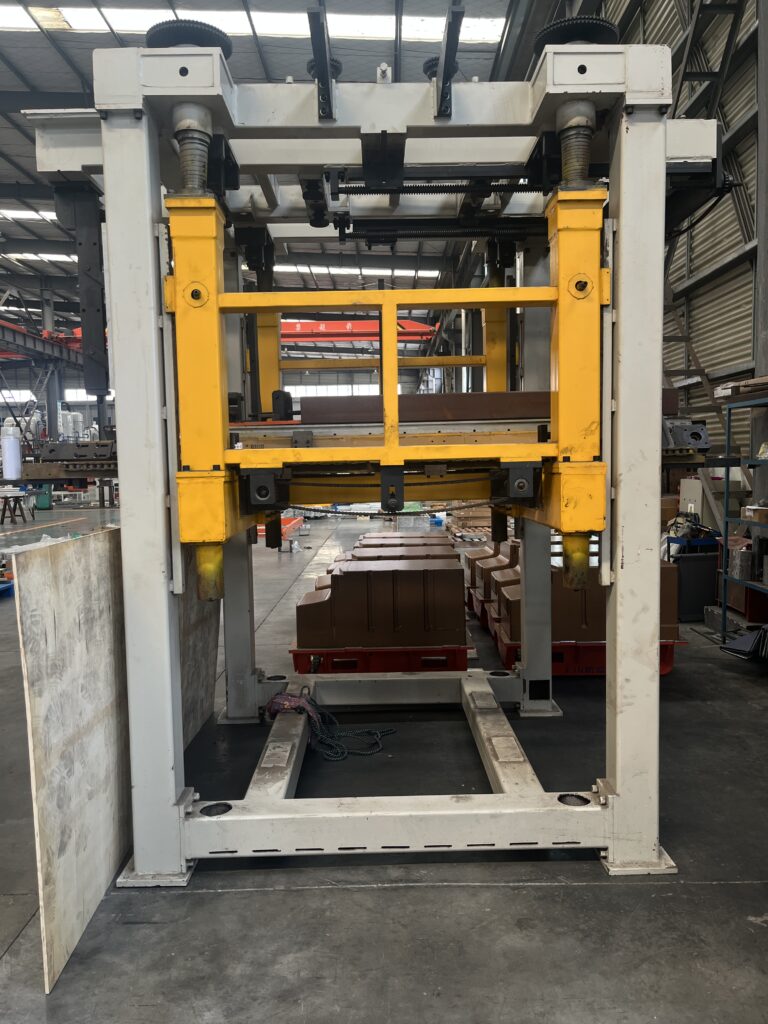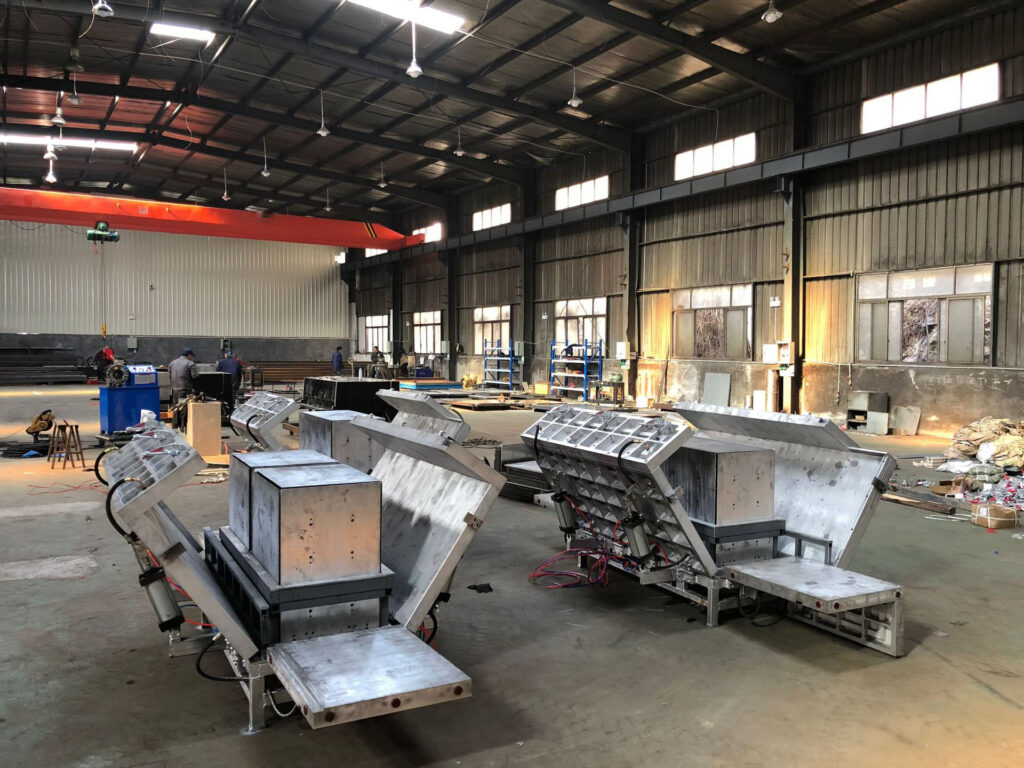During the debugging of refrigerator molds, cooling water circuit leakage is a problem that cannot be ignored. The normal operation of the cooling water circuit is crucial to the temperature control of the mold, and directly affects the molding quality and production efficiency of the product. Once a leak occurs, it will not only cause a waste of water resources, but may also cause more serious problems such as mold rust and short circuit, leading to mold damage and production stagnation. Therefore, it is urgent to quickly and accurately troubleshoot and repair the problem of cooling water circuit leakage.

Troubleshooting methods
Appearance inspection
Mold surface: Carefully check whether there are water stains, water drops or water flow marks on the mold surface. Focus on checking the inlet and outlet of the cooling water channel, the water pipe connection, the parting surface of the mold and the area near the cooling water channel. These parts are common locations for water leakage, and slight water leakage may leave obvious marks on the mold surface.
Water pipes and joints: Check whether the water pipes connected to the cooling water channel are damaged, aged or cracked. Long-term use of water pipes may be affected by pressure, temperature and chemicals, resulting in material performance degradation and damage. At the same time, check whether the water pipe joints are loose and whether the seals are damaged. Loose joints or seal failure are one of the common causes of water leakage.

Pressure test
Close the water outlet: After ensuring that the refrigerator molding machine stops running and the cooling system is in a safe state, close the outlet of the cooling water channel.
Inject pressure water: Use special pressure test equipment to inject water of a certain pressure into the cooling water channel. The general pressure can be set to about 1.5 times the normal working pressure. During the water injection process, observe the conditions of various parts of the mold and water pipes.
Check pressure changes: Maintain the pressure for a period of time, such as 10-15 minutes, and observe whether the pressure drops significantly. If the pressure drops significantly, it means that there is a leak in the cooling water circuit. At this time, the leak location can be further determined by listening to the sound, touching, etc. The leak may make a “hissing” sound, and you can feel water flowing out when you touch it.

Dye detection
Add dye: Add an appropriate amount of dye, such as fluorescent dye or colored pigment, to the cooling water. The dye should be compatible with the material of the cooling system and will not cause damage to the cooling water circuit and mold.
Run the cooling system: Start the cooling system and circulate the water containing the dye in the cooling water circuit for a period of time to ensure that the dye can be fully distributed throughout the cooling system.
Find dye marks: After stopping the cooling system, carefully check the mold surface and water pipe connections. The leak will leave obvious dye marks due to the seepage of the dye, which makes it easy to accurately determine the leak location.

Repair methods
Repair of water pipes and joints
Replace water pipes: If the water pipes are damaged, aged or cracked, they should be replaced with new ones in time. Choose water pipes with the same material and specifications as the original water pipes to ensure that their pressure resistance and temperature resistance meet the requirements. When replacing water pipes, pay attention to the installation position and direction of the water pipes to avoid twisting and bending of the water pipes, which will affect the smooth flow of water.
Tighten joints: For loose water pipe joints, use appropriate tools, such as wrenches, to tighten the joints. During the tightening process, pay attention to uniform force to avoid damage to the joints due to excessive force. At the same time, check whether the seals of the joints are intact. If damaged, replace them with new ones in time. The seals can be made of rubber, silicone and other materials to ensure good sealing performance.

Repair of mold cooling water channels
Repair of small leaks: If the leaks in the cooling water channels are small, you can use the method of plugging holes to repair them. First, use tools to clean the area around the leaks to remove impurities and oil stains. Then, according to the size of the leak, select the appropriate plugging material, such as sealant, anaerobic glue or copper plug. Fill the plugging material into the leak to ensure that it is tightly filled. After the material solidifies, perform a pressure test to check the repair effect.
Repair of larger leaks: For larger leaks, welding or sleeve insertion may be required. If the mold material is metal, welding can be used to repair the leak using welding rods that are the same or similar to the mold material. When welding, pay attention to controlling the welding temperature and welding process to avoid thermal deformation of the mold. If the leak is large and cannot be repaired by welding, the sleeve insertion method can be used. First, make a suitable hole at the leak, then insert a sleeve of the same material and matching size into the hole, and use sealant or other fixing methods to fix the sleeve firmly to ensure the sealing of the cooling water channel.

Preventive measures
Regular maintenance inspection: Establish a regular cooling system maintenance inspection system, and conduct a comprehensive inspection of the cooling water channel at regular intervals, such as weekly or monthly, including appearance inspection, pressure testing, etc. Discover potential water leakage hazards in time and repair them in advance to avoid the expansion of water leakage problems.
Choose high-quality materials: During mold manufacturing and cooling system installation, choose reliable quality water pipes, joints, seals and other materials. High-quality materials have better pressure resistance, temperature resistance and corrosion resistance, and can effectively reduce the risk of water leakage.
Reasonable design of cooling water circuit: During the mold design stage, the layout and direction of the cooling water circuit should be reasonably designed to ensure uniform and smooth water flow, and avoid dead corners and areas of concentrated pressure. At the same time, the convenience of installation and maintenance of the cooling water circuit should be considered to facilitate future inspection and repair work.

Summary
The investigation and repair of cooling water circuit leakage during refrigerator mold commissioning requires the comprehensive use of multiple methods. Through careful inspection and analysis, the leakage point can be accurately found, and targeted repair measures can be taken. After the repair is completed, effective preventive measures should also be taken to prevent the leakage problem from happening again. Only by ensuring the normal operation of the cooling water circuit can the good working condition of the refrigerator mold be guaranteed and the product quality and production efficiency can be improved. In actual production, operators and maintenance personnel should continue to accumulate experience, improve their ability to troubleshoot and repair water leakage problems, and ensure the smooth progress of refrigerator molding production.
